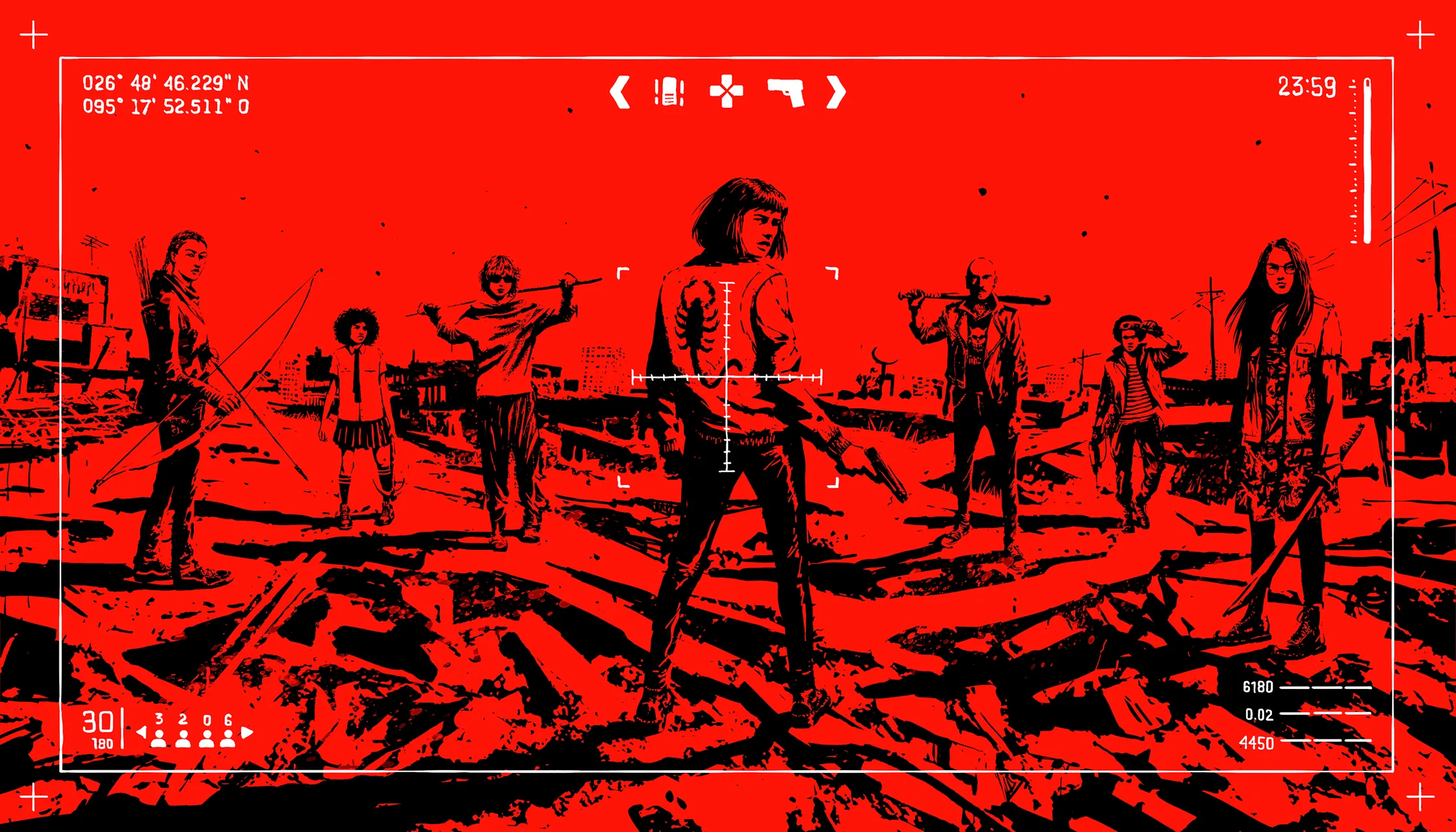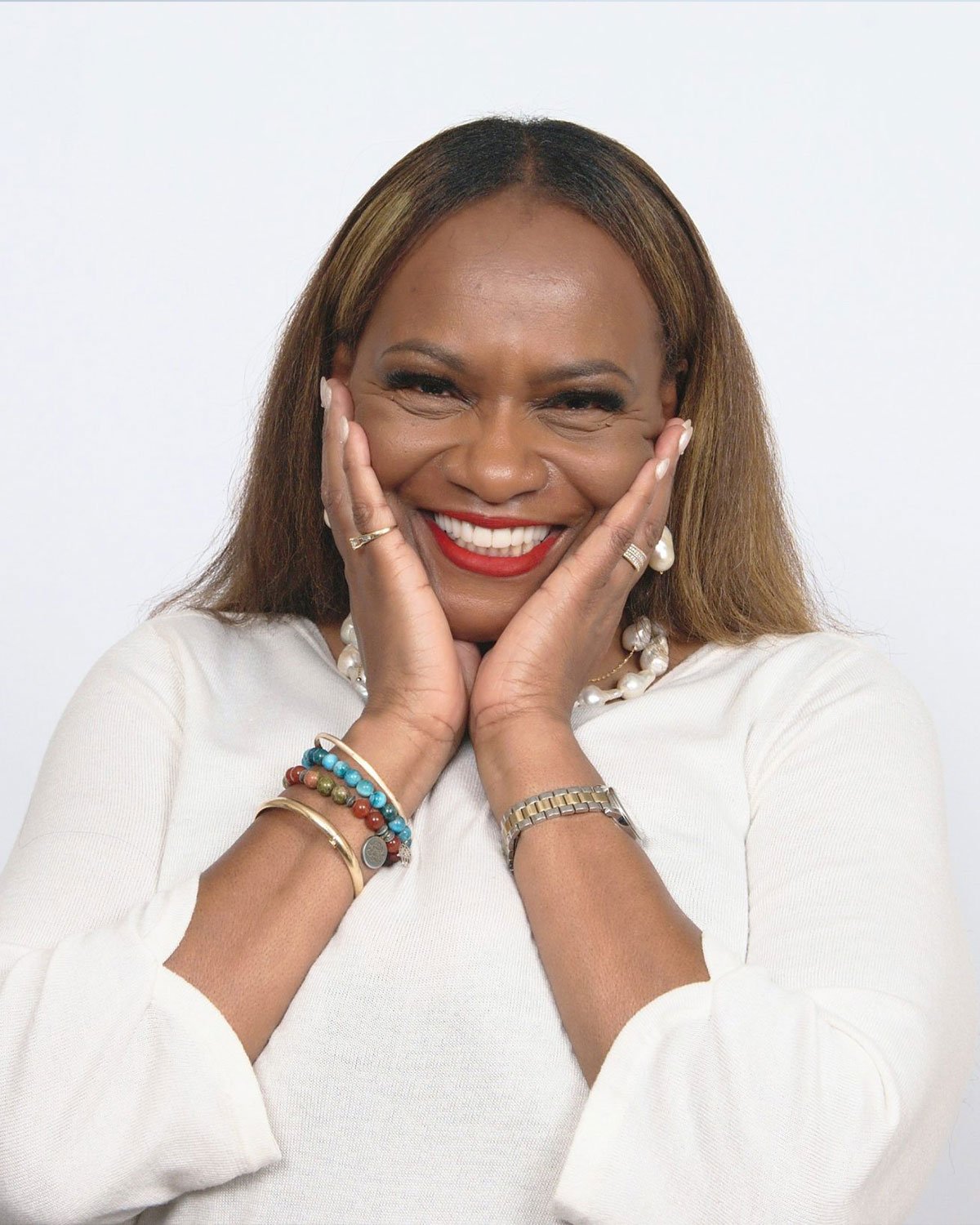N the mid-nineteen-nineties, Koushun Takami was dozing on his futon on the island of Shikoku, Japan, when he was visited by an apparition: a maniacal schoolteacher addressing a group of students. “All right, class, listen up,” Takami heard the teacher say. “Today, I’m going to have you all kill each other.” Takami was in his twenties, and he had recently quit his job as a reporter for a local newspaper to become a novelist. As a literature student at Osaka University, he had started and abandoned several horror-infused detective stories. But the well had long since run dry; he had left his job with neither a plan nor a plot in mind. The visitation wasn’t a haunting; it was an epiphany.
In the novel that followed, an instructor sends forty-two junior high schoolers to a deserted island. The kids awaken to find explosive collars secured around their necks. They’re ordered to collect a backpack containing a map and a random weapon: a gun or an icepick, if they’re lucky, a paper fan or a shamisen banjo if they’re not. The students must compete to become the last person standing. The winner will leave the island with a lifetime pension; if there is more than one survivor, the collars will detonate. Some of the students choose suicide over submission. Most, eventually, comply and fight.
Highlights from the week in culture, every Saturday. Plus: each Wednesday, exclusively for subscribers, the best books of the week.
Takami was a fan of professional wrestling. He particularly enjoyed matches that involved wrestlers who made fleeting, mutually beneficial alliances, a style traditionally known as battle royal. There could be only one winner in a battle royal, so pacts were inevitably broken, lending each match a wary frisson. Takami saw a similar dynamic in adolescence, when friendships were easily formed and revoked. Forcing a group of classmates to destroy one another was provocative, but also strangely relatable. When he told a friend that he planned to call the book “Battle Royal,” his friend, confusing the term with a coffee drink, café royale, replied, “You mean ‘Battle Royale’?”
The novel proved controversial. In 1997, the judges of a Japanese writing prize passed on the manuscript, because it was too reminiscent of a recent murder, in Kobe, in which a fourteen-year-old boy impaled the head of another student on the gates of a school. But, in 1999, Ohta Publishing, a company known for provocative titles (it later published the memoir of the Kobe killer), released the book. It became an international best-seller; Stephen King named it to his summer reading list. In 2000, “Battle Royale” became a hit movie, starring Takeshi Kitano as the schoolteacher. Quentin Tarantino later called it one of his favorite films of all time.
Takami’s premise was well suited to video-game adaptation. The rules were clearly defined, the setting neatly contained, and competitive violence had been one of the medium’s primary currencies since the nineteen-sixties. Video-game technology, however, wasn’t quite up to par. In the early two-thousands, very few computers could simulate, in 3-D, the behavior of dozens of characters doing battle across an island, and very few Internet providers could calculate whether a banjo hurled by, say, Bob, in Kansas, would strike the head of Sven, in Stockholm.
Soon, though, such games would be more than possible: they would transform the industry. In 2020, Warzone, the Call of Duty series’ take on “Battle Royale,” attracted more than a hundred million active players, generating revenues of about three billion. The same year, Epic Games reported that Fortnite, its candy-colored, kid-friendly spin on “Battle Royale,” had three hundred and fifty million accounts—more than the population of the United States. (A recent lawsuit revealed that, when Fortnite was available on Apple devices, the game generated an estimated seven hundred million in App Store revenue.) Today, countless games, along with hit TV shows such as “Squid Game,” bear the stamp of “Battle Royale” ’s influence. Takami’s blueprint, drawn from a dream, has become one of the dominant paradigms in entertainment.
The story of that rise might begin in 2013, in Brazil, where Brendan Greene, an Irish Web designer, was living while saving up for a plane ticket home, following a divorce. Greene, who is assiduously private (his online moniker is PlayerUnknown), grew up on the Curragh Camp, an army training center in County Kildare, where his father served. He and his brothers played on the family’s Atari 2600 console “until it fell apart,” he told me, but he later fell out of love with games, which he felt were becoming too scripted—more like movies than the tests of skill and cunning he enjoyed. In Brazil, Greene was browsing Reddit when he read about DayZ, a punishing, survival-based video game that appealed to his desire for challenge. It was the first game he bought in years, and he quickly became obsessed.
DayZ was a mod, a new game built from the parts of an old one—in this case, a military-combat simulator called Arma 2. Mods, which are usually made by amateur enthusiasts, can be arcane and scrappy, but the scene is a hotbed for experimentation. DayZ’s game play fascinated Greene, who, despite lacking technical expertise, began to make his own mods to the mod. He added a fortress in the middle of the map; players would enter empty-handed, scavenge for weapons, then fight to the death. Unlike most competitive video games at the time, in which characters respawned after dying, Greene’s mod radically gave each player a single life. When you were out, you were out.
Greene drew further inspiration from the film. He replaced his game’s fortress with a barn, and arranged twenty-four backpacks at its far end, each containing a grenade, a pistol, a bandage, or a chainsaw. At the beginning of a match, which lasted ninety minutes, the players arrived at one end of the barn. “If you were smart, you didn’t give a fuck about the backpacks and you just ran,” Greene told me. “But new players would rush forward. Someone would get t


Felecia Phillips Ollie DD (h.c.) is the inspiring leader and founder of The Equality Network LLC (TEN). With a background in coaching, travel, and a career in news, Felecia brings a unique perspective to promoting diversity and inclusion. Holding a Bachelor’s Degree in English/Communications, she is passionate about creating a more inclusive future. From graduating from Mississippi Valley State University to leading initiatives like the Washington State Department of Ecology’s Equal Employment Opportunity Program, Felecia is dedicated to making a positive impact. Join her journey on our blog as she shares insights and leads the charge for equity through The Equality Network.



